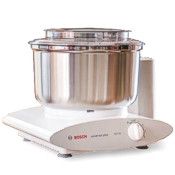Cuisinart® CJE-1000 Centrifugal Juicer
$179.95
In Stock (2 in stock) Usually ships in 3-5 business days.
Why Buy from PHG?
- Quality, curated product selection
- Prompt, personal customer service
- 100% satisfaction guarantee


 Canadian orders by phone
Canadian orders by phone- Excellent for hard and soft fruits & vegetables
- Powerful 1000 watt motor
- Five speed settings
- Large 3" feed chute
- Includes 1-liter juice pitcher & 2-liter pulp bin
- Adjustable juice spout
- Filter basket reduces foam
Featured Items:
You'll find many exceptional bargains on our Clearance page. They change almost daily, and many items are virtually new. Don't miss out on a gem!
See product description below.











































